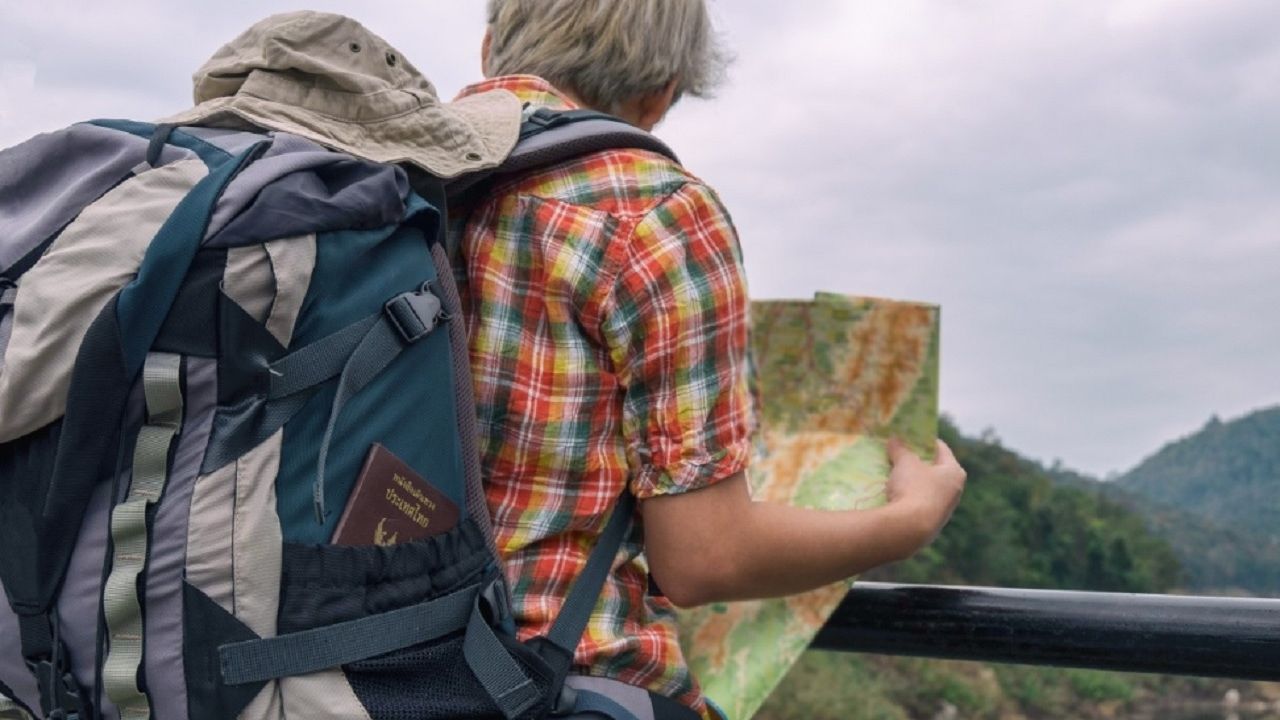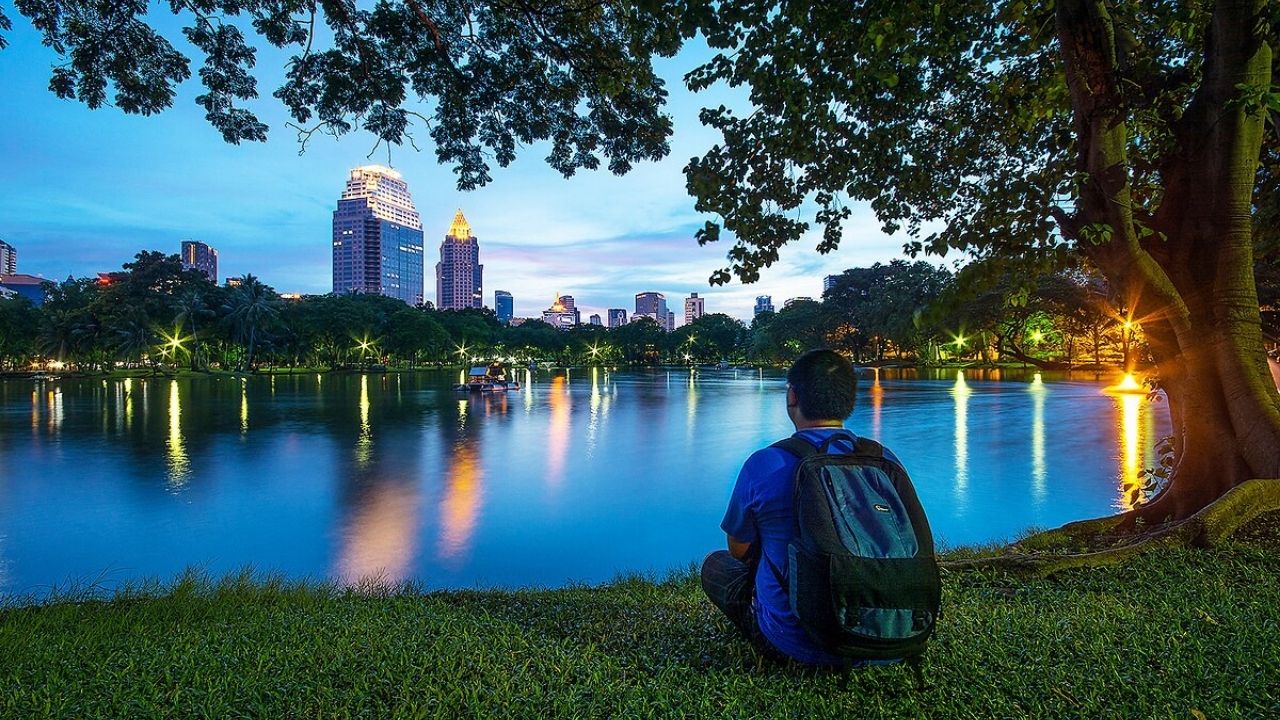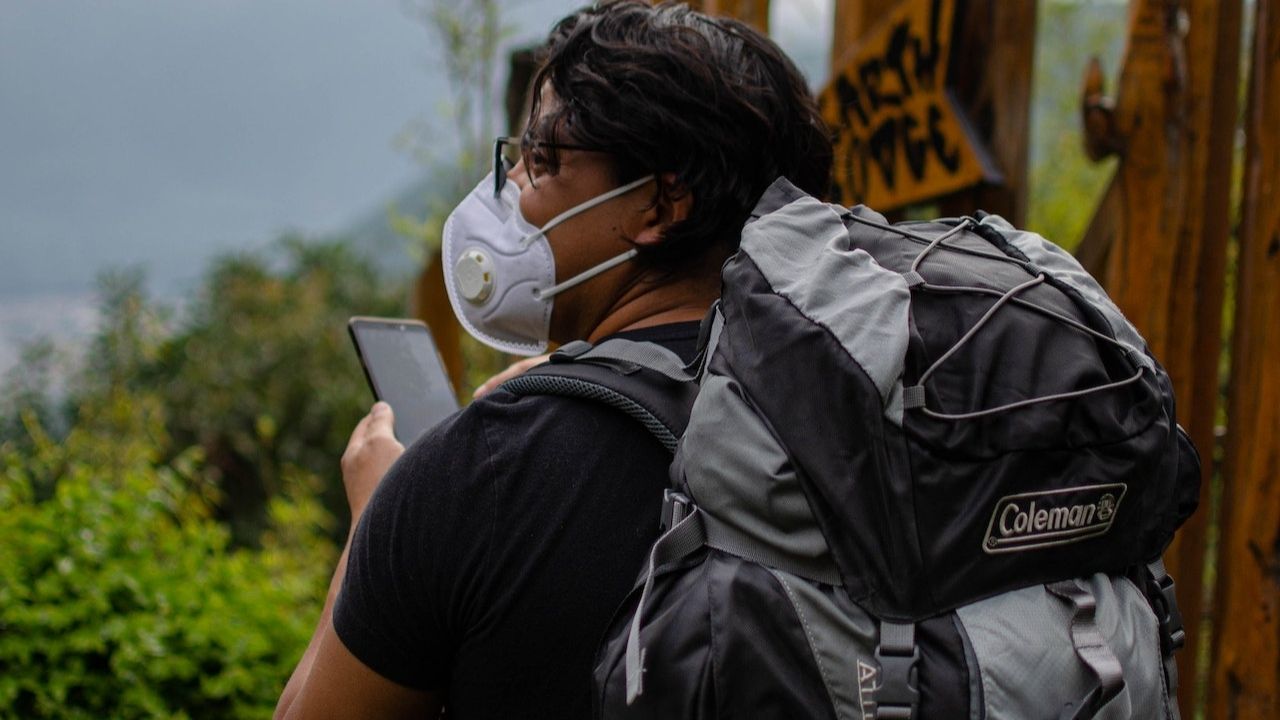
Experience the richness and diversity of cultures around the world with our list of the top 7 unmissable cultural experiences.
From traditional festivals that celebrate centuries-old traditions to immersive art and craft workshops that showcase local talents, these experiences offer a captivating glimpse into the customs and heritage of different communities.
Indulge in mouth-watering local cuisines, be enchanted by folk music and dance, witness the spirituality of religious ceremonies, and immerse yourself in historical reenactments.
Embark on a journey that will broaden your horizons and leave you with unforgettable memories.
Traditional Festivals
Traditional festivals are a vital component of cultural heritage in countries worldwide. These festivals provide a unique opportunity to witness and participate in age-old traditions that have been passed down through generations. One of the most captivating aspects of these festivals is the traditional costumes worn by participants. These costumes not only showcase the rich cultural diversity of a region but also serve as a visual representation of cultural preservation.
From the vibrant and elaborate outfits of the Chinese New Year celebrations to the intricate and colorful saris worn during Diwali in India, traditional costumes play a significant role in keeping cultural traditions alive. These festivals provide a platform for communities to come together, celebrate their shared heritage, and pass on these customs to future generations, ensuring the preservation of cultural identity.
Local Cuisines
When it comes to exploring a new culture, one cannot ignore the local cuisine, which is often a delightful reflection of the country's rich history and traditions.

From the unique flavors and spices that tantalize the taste buds to the traditional cooking techniques passed down through generations, local cuisines offer a window into the cultural heritage of a place.
Moreover, many culinary destinations are known for their culinary fusion and innovative dishes, showcasing the creativity and adaptability of the local chefs.
Unique Flavors and Spices
Local cuisines across the globe offer a delightful array of unique flavors and spices that are a must-try for any adventurous food enthusiast. From the bustling spice markets of Marrakech to the vibrant street food scene in Bangkok, these culinary experiences are a feast for the senses.
Here are four examples of local cuisines that showcase the use of exotic ingredients and spices:
Indian cuisine: Known for its bold flavors and rich spices, Indian cuisine offers a diverse range of dishes such as butter chicken, biryani, and masala dosa. The use of spices like turmeric, cumin, and cardamom adds depth and complexity to the flavors.
Mexican cuisine: With its blend of indigenous and Spanish influences, Mexican cuisine is famous for its use of chili peppers, cilantro, and cumin. From tacos to mole sauce, the flavors are bold and vibrant.
Thai cuisine: Thai cuisine is a harmonious balance of sweet, sour, salty, and spicy flavors. The use of ingredients like lemongrass, coconut milk, and Thai basil creates a unique and aromatic experience.

Moroccan cuisine: Moroccan cuisine is a fragrant fusion of Arabic, Berber, and Mediterranean flavors. The use of spices like cinnamon, saffron, and cumin adds warmth and depth to dishes like tagines and couscous.
Exploring the local cuisines of different countries allows you to embark on a culinary adventure, discovering new flavors and experiencing the essence of a culture through its food. So, pack your bags, sharpen your taste buds, and get ready to indulge in a world of unique flavors and spices.
Traditional Cooking Techniques
Local cuisines across the globe showcase a myriad of traditional cooking techniques that are deeply rooted in the cultural heritage of each region. These cooking techniques not only create delicious and unique flavors, but also serve as a means of indigenous preservation and celebration of culinary heritage.
From the smoky grills of Argentina's asado to the complex spice blends used in Indian curries, each technique tells a story and reflects the history and traditions of the people who have mastered them over generations. Whether it's the slow-cooked stews of Morocco, the delicate art of sushi-making in Japan, or the fiery woks of China, these traditional cooking techniques offer a glimpse into the rich tapestry of global gastronomy.
Culinary Fusion and Innovation
Continuing the exploration of traditional cooking techniques, culinary fusion and innovation play a significant role in shaping local cuisines around the world. These creative culinary endeavors bring together diverse flavors, ingredients, and cooking styles, resulting in unique and exciting dishes that reflect the cultural melting pot of their respective regions.
Here are four examples of culinary fusion and innovation that have captured the attention of food enthusiasts worldwide:
Peruvian-Japanese Nikkei Cuisine: This fusion of Peruvian and Japanese flavors combines the freshness of Peruvian ingredients with the precision and technique of Japanese cooking.

Tex-Mex Cuisine: This blend of Texas and Mexican cuisines has given rise to dishes like chili con carne, fajitas, and nachos, offering a tantalizing mix of bold flavors and hearty ingredients.
Korean-Mexican Fusion: The marriage of Korean and Mexican flavors has resulted in unique creations such as Korean BBQ tacos and kimchi quesadillas, showcasing the harmonious balance of spicy, tangy, and savory elements.
Indian-Chinese Cuisine: This fusion cuisine combines the aromatic spices of Indian cooking with the bold flavors and techniques of Chinese cuisine, resulting in dishes such as chili chicken and gobi Manchurian.
Through culinary innovation and fusion, local cuisines continue to evolve, pushing boundaries and delighting taste buds with new and exciting flavor combinations.
Folk Music and Dance
Folk music and dance are cultural expressions that have captivated audiences for centuries. From the haunting melodies of traditional instruments to the intricate footwork of dancers, these art forms showcase the unique heritage and traditions of different communities.
With deep-rooted historical significance, folk music and dance provide insight into the cultural fabric of a society, often reflecting its values, beliefs, and rituals. Furthermore, these art forms have evolved over time, influenced by global trends and adaptations, creating a fascinating blend of tradition and innovation.
Traditional Instruments and Techniques
Traditional music and dance, rooted in cultural heritage, offer an enriching glimpse into the world's diverse musical traditions. These art forms not only entertain but also provide insights into the history, beliefs, and values of different societies.

When it comes to traditional music, the choice of instruments plays a crucial role in shaping the unique sound of each culture. From the haunting melodies of the Irish Uilleann pipes to the rhythmic beats of the West African djembe, traditional instruments add depth and authenticity to the music.
Cultural techniques, on the other hand, encompass the various ways in which dance is performed. Whether it's the graceful movements of ballet, the energetic footwork of flamenco, or the intricate hand gestures of Indian classical dance, these techniques showcase the rich tapestry of human expression and creativity.
Traditional instruments and cultural techniques are a testament to the resilience and creativity of communities around the world, preserving and passing on their heritage from one generation to another.
Cultural Significance and History
Exploring the cultural significance and history of folk music and dance reveals the deep-rooted traditions and societal values of diverse communities around the world. Folk music and dance are not just forms of entertainment; they are expressions of a community's identity, history, and beliefs. These art forms have been passed down through generations, serving as a means of cultural preservation. They provide a glimpse into the past, allowing us to understand the values and customs that have shaped different societies.
Folk music and dance also play a vital role in cultural exchange. They serve as a bridge between different communities, fostering understanding and appreciation for diverse cultures. Through cultural exchange, societies can learn from each other, enriching their own traditions and promoting unity.
Global Influences and Adaptations
The global influence and adaptation of folk music and dance can be observed through the incorporation of diverse cultural elements into traditional art forms. This blending of different cultural influences creates a rich and dynamic tapestry of music and dance that transcends borders and connects people from all corners of the world.
Here are four examples of how global influences have shaped and adapted folk music and dance:

Fusion of styles: Traditional folk music and dance forms have evolved by incorporating elements from other cultures, resulting in unique and captivating performances that blend different rhythms, melodies, and movements.
Cross-cultural collaborations: Musicians and dancers from different countries often come together to create collaborative projects, fusing their respective traditional art forms to create something new and exciting.
Technological advancements: Global influences have been facilitated by the rise of technology, allowing artists to easily access and incorporate different cultural styles into their work, leading to the creation of innovative and boundary-pushing performances.
Globalization and travel: With the ease of travel and the increased interconnectedness of the world, artists have been exposed to a wide range of cultural influences, leading to the adaptation and integration of different styles into their traditional folk music and dance.
Through these global influences and cultural adaptations, folk music and dance continue to evolve and thrive, creating a beautiful and ever-changing landscape of artistic expression.
Indigenous Tribes
Indigenous tribes offer a rich cultural experience that cannot be missed when exploring different parts of the world. These tribes, with their ancient indigenous traditions, provide a unique insight into the history and heritage of their respective regions. Their way of life, deeply rooted in their connection with nature and their ancestral knowledge, is a testament to their resilience and adaptability.
One of the most remarkable aspects of indigenous tribes is their commitment to cultural preservation. Despite the challenges they face in a rapidly changing world, these tribes strive to maintain their traditions, rituals, and languages. They pass down their knowledge from one generation to the next, ensuring that their cultural identity remains intact.

Visiting indigenous tribes allows travelers to witness their vibrant ceremonies, traditional dances, and intricate craftsmanship. It provides a chance to engage with the community, learn from their wisdom, and gain a deeper understanding of their values and beliefs. These encounters offer an opportunity for personal growth and a renewed appreciation for the diversity of human cultures.
Art and Craft Workshops
Continuing the exploration of cultural experiences, art and craft workshops offer immersive opportunities to learn and engage with traditional artistic practices from around the world. These workshops not only provide a platform to unleash your creativity but also allow you to delve into the rich heritage of different cultures.
Here are four unmissable art and craft workshops that promise to ignite your artistic spirit:
Japanese Origami: Learn the ancient art of paper folding and create intricate designs while experiencing the tranquility and mindfulness that comes with this traditional craft.
Indian Block Printing: Discover the magic of block printing, a centuries-old technique that involves hand-carving intricate designs onto wooden blocks and imprinting them onto fabric. Immerse yourself in the vibrant colors and patterns of India's textile traditions.
African Beadwork: Explore the cultural significance of beadwork in different African tribes and master the art of creating intricate jewelry and accessories using colorful beads and traditional techniques.
Mexican Pottery: Get your hands dirty and learn the art of pottery from skilled Mexican artisans. Experience the therapeutic benefits of working with clay while creating unique ceramic pieces inspired by Mexican traditions.

These art and craft workshops not only offer a chance to learn new skills but also serve as a form of art therapy, providing a creative outlet and promoting well-being. Whether you are a seasoned artist or a beginner, these immersive experiences will leave you feeling inspired and connected to the rich artistic heritage of diverse cultures.
Religious Ceremonies
Religious ceremonies are frequently observed worldwide, encompassing diverse traditions and practices that hold great significance in various cultures. These religious practices often involve sacred rituals that connect individuals to their spiritual beliefs and traditions.
One such ceremony is the Hindu festival of Kumbh Mela, held every twelve years in India. Millions of devotees gather to take a holy dip in the sacred rivers, seeking purification and spiritual enlightenment.
Another notable religious ceremony is the Hajj pilgrimage in Islam, where millions of Muslims travel to Mecca to perform a series of rituals that commemorate the life of Prophet Muhammad.
These religious ceremonies provide a unique opportunity for individuals to connect with their faith, strengthen their sense of community, and experience the power of collective worship. They offer a glimpse into the rich tapestry of religious diversity that exists in our world, showcasing the deep-rooted traditions and beliefs that shape the lives of billions.
Historical Reenactments
One captivating aspect of cultural experiences around the world is the immersion into historical reenactments, which allow individuals to step back in time and witness significant events from the past. Historical accuracy is a crucial element in these reenactments, ensuring that participants and spectators alike can get a true sense of what life was like during that particular time period.
These immersive experiences transport people to different eras, enabling them to see history come alive before their eyes. Whether it's a battle reenactment, a medieval fair, or a colonial village, historical reenactments offer a unique opportunity to engage with the past in a tangible and visceral way.

From the elaborate costumes and weaponry to the attention to detail in recreating historical settings, these immersive experiences provide a rich and educational journey through time.
Frequently Asked Questions
Are There Any Specific Traditional Festivals That Are Only Celebrated in Certain Regions or Countries?
Specific regional festivals are an integral part of traditional celebrations around the world. These festivals are unique to certain regions or countries, showcasing the rich cultural heritage and customs of the local communities.
What Are Some Popular Local Cuisines That Travelers Should Try When Visiting Different Parts of the World?
Food tourism is an enriching way to explore different cultures and histories. From exotic street food in Southeast Asia to gourmet delicacies in Europe, travelers should indulge in local cuisines for unique dining experiences and culinary highlights.
Folk music and dance continue to be actively performed and celebrated in modern societies, despite the impact of globalization. Technology plays a crucial role in promoting and preserving these traditional forms, ensuring their relevance and longevity.
How Can Tourists Respectfully Engage With Indigenous Tribes and Learn About Their Cultures?
Responsible tourism involves engaging with indigenous tribes in a respectful manner, allowing for cultural immersion and the opportunity to learn about their traditions and way of life. It is important to approach these experiences with an open mind and a willingness to listen and understand.
Are There Any Notable Historical Reenactments That Take Place Regularly and Attract a Large Number of Participants and Spectators?
Notable historical reenactments provide a captivating glimpse into the past and attract a large number of participants and spectators. These events preserve and educate about history while offering an immersive and engaging experience for all involved.
 Travel AdviceDigital NomadsExPat LivingTravel Content Creation HacksPlaces to VisitAdventure TravelPrivacy PolicyTerms And Conditions
Travel AdviceDigital NomadsExPat LivingTravel Content Creation HacksPlaces to VisitAdventure TravelPrivacy PolicyTerms And Conditions
